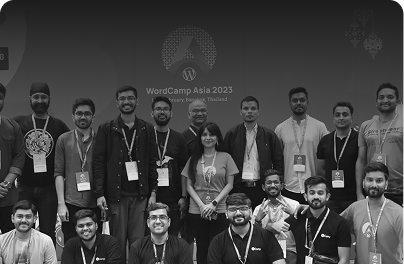Oxygen Builder vs Gutenberg: Ease of Use and Learning Curve
Choosing the right builder isn’t just about features, it’s about how easily you can get started. In this section, we compare how Gutenberg’s simplicity and Oxygen’s advanced design capabilities cater to different skill levels, helping you understand which is better for your business needs and goals.
Gutenberg’s Learning Curve
Gutenberg being a core part of WordPress makes it easy for both new and seasoned users. Its block-based editor is intuitive, allowing users to simply drag, drop, and rearrange elements like text, images, and buttons. This approach aligns well with the familiar WordPress layout, meaning users can start building pages without specialized training or coding skills.
Key Points
- Users can manage most content with Gutenberg’s blocks and pre-built patterns.
- Most of the WordPress themes integrate well with Gutenberg, reducing the need for complex configurations.
For those who want straightforward layouts, Gutenberg provides an accessible path without needing extra tools.
Oxygen’s Learning Curve
Oxygen, on the other hand, is structured for users with intermediate to advanced web development skills. The builder gives complete design freedom but requires a good understanding of CSS, HTML, and JavaScript to unlock its full potential.
Key Points
- Oxygen’s “blank canvas” approach bypasses traditional WordPress themes, so users need to build most elements manually.
- Advanced features like custom code, reusable templates, and dynamic content are powerful but may be challenging for beginners.
- Familiarity with web design concepts helps users maximize Oxygen’s extensive customization tools.
While rewarding for those with technical skills, Oxygen’s flexibility comes with a steeper learning curve, making it best suited for developers and designers comfortable with code.







